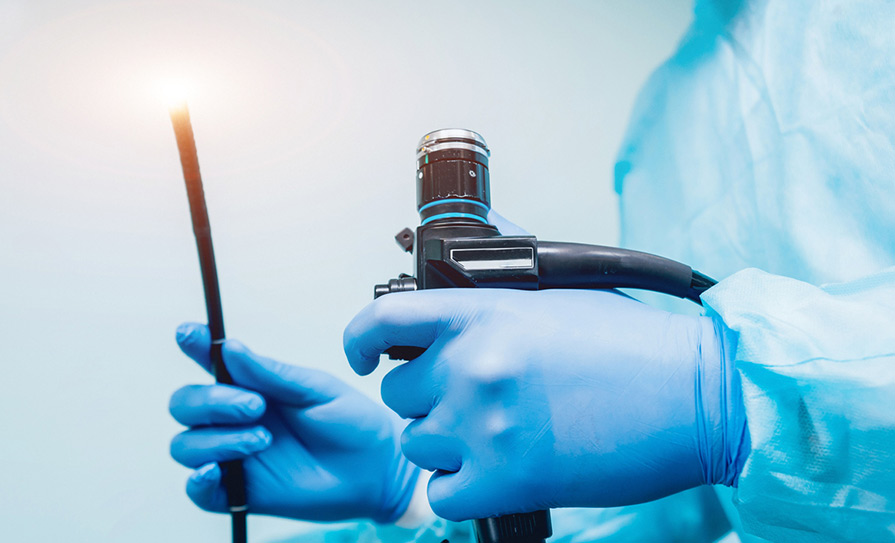
The consequences of poor ergonomics in endoscopy include acute or persistent musculoskeletal problems for the endoscopist, impacting ability to work or train, gastroenterologists attending the Irish Society of Gastroenterology Winter Meeting 2023 were warned.
Dr Keith Siau, Consultant Gastroenterologist, Royal Cornwall Hospitals NHS Trust, UK, who developed a framework on ergonomics in endoscopy, gave a practical presentation on ‘ergonomics for the endoscopist’.
He noted the topic was lacking in traditional endoscopy training and education.
“Often we don’t teach ergonomics when we have a trainee, but perhaps we should, as they copy what we do. And if we start bending and contorting, they will copy these bad habits.”
Endoscopy can involve long periods on the feet, working certain muscles quite hard and repetitively.
Posture can be impacted by bending down and looking up at monitors, which may not be in the ideal position, causing pain, neck, shoulder, and thumb issues for practitioners. Dr Siau said that, unsurprisingly, endoscopy-related injury is common.
He quoted US data showing women are more affected by upper body issues, while men tend to have more lower body issues.
This year saw the publication of an American Society for Gastrointestinal Endoscopy guideline on the role of ergonomics for prevention of endoscopy-related injury. Dr Siau discussed the five key points outlined in the guideline.
He outlined a pre-endoscopy ergonomic checklist with guidance on optimum equipment positioning; bed and monitor heights/elevations; correct posture; and using a cushioned floor mat, chair where possible, wheel extender, and comfortable footwear, as well as stretching and taking regular ‘micro’ breaks.
Dr Siau also advised simplifying endoscopy procedures where possible to reduce rotation: “We are big fans in Cornwall of water-assisted colonoscopy, as it actually reduces the amount of torque you have to do… and you don’t need to turn the patient during the procedure and it is quicker and increases your adenoma detection rate….”
Newer technology, including the latest generation scopes, which are lighter and smaller, suiting female hands better, can also help reduce the physical burden on endoscopists, he commented.
Concluding, Dr Siau maintained that ergonomic considerations need to be proactively incorporated into endoscopy provision and training, and that practitioners should consider having their practice assessed (observed or videoed) to determine what changes they may need to protect themselves from injury.





Leave a Reply
You must be logged in to post a comment.